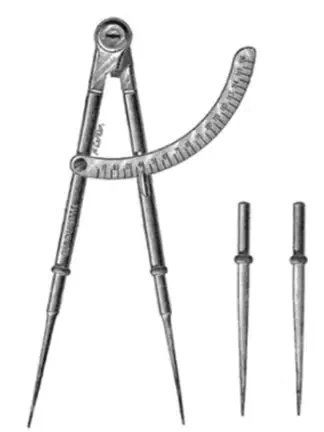Can mental fatigue be measured by Weber's compass? Alfred Binet's answer on the value of aesthesiometry (tactile sensitivity) as an objective measure of mental fatigue

Abstract
In 1834, the German physiologist Ernst Heinrich Weber (1795-1878) measured for the first time the tactile discrimination threshold with a compass. This paper describes an application of this technique to measure mental fatigue on students by Hermann Adolf Griesbach (1854-1941) and Alfred Binet (1857-1911). The former was the first to suggest, in 1895, the use of this technique, and Binet and his collaborator Victor Henri (1872-1940) published in 1898 the first monograph on mental fatigue, in which they devoted a chapter to the innovative work by Griesbach. The analysis of this book’s content shows the origins of Binet’s interest in aesthesiometry as related to mental fatigue. The second part of this paper examines Binet’s work using aesthesiometry as an objective measure of mental fatigue.